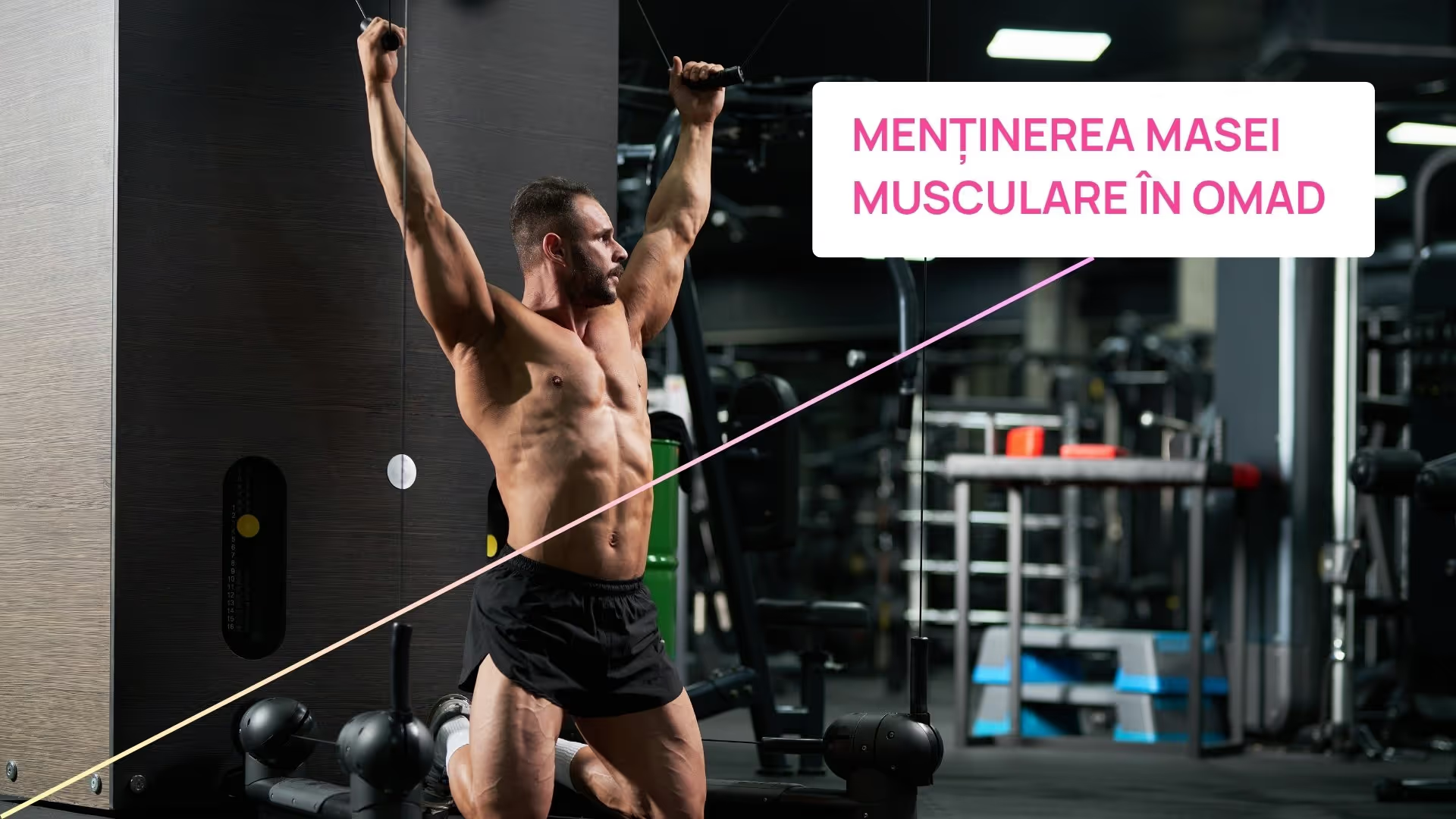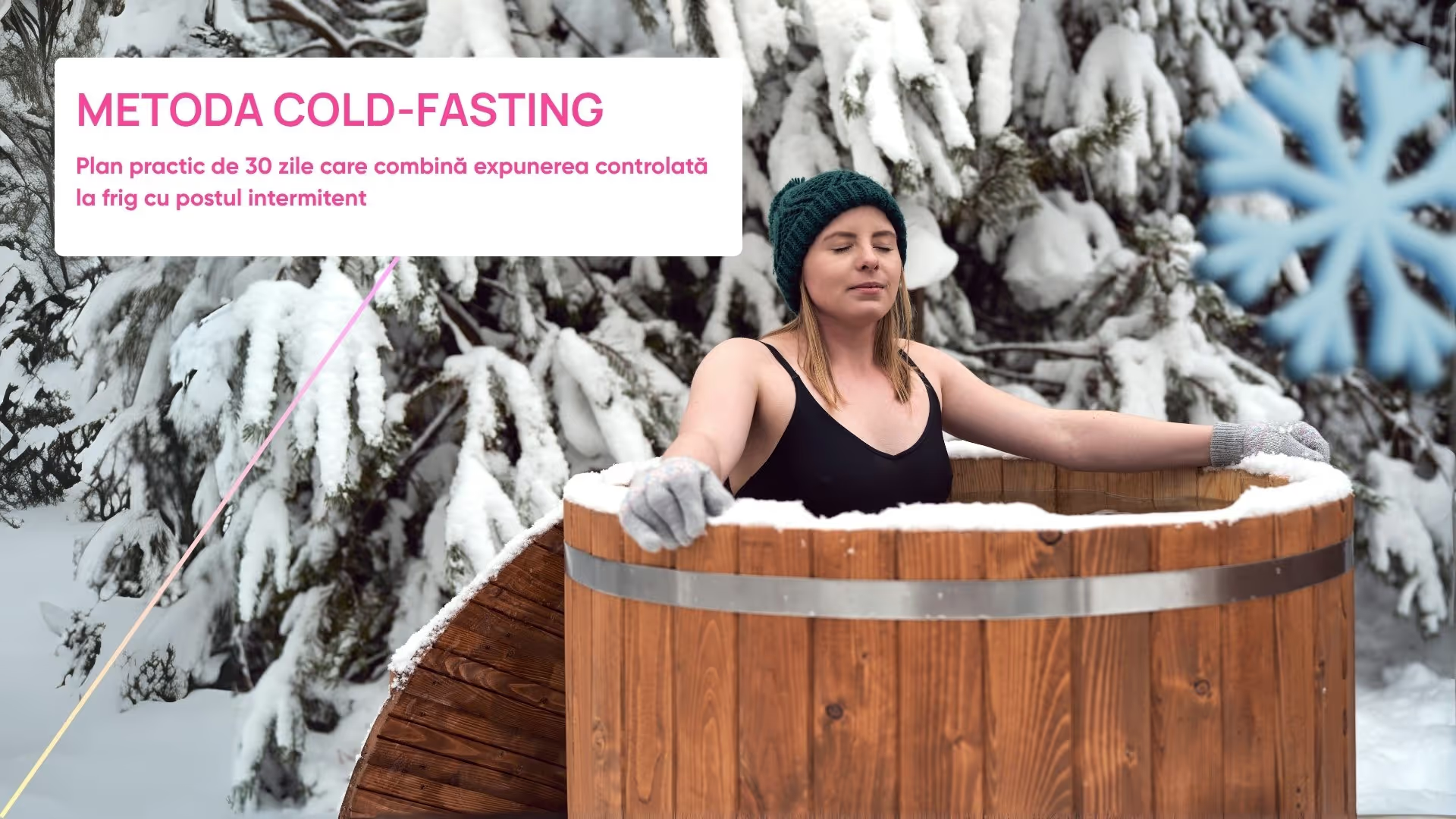Many believe that if you do not eat before training, you will faint or lose muscle mass. The truth is another: if you understand your body and follow a few simple principles, you can have energy for workouts, muscle progressand even better recovery.
This article explains step by step how to exercise during intermittent fasting, without stress and without mistakes.
Is it safe to do sports in fasting?
✅ Yes, in most cases it's safe — as long as you hydrate and listen to your body. Your body has enough stored energy reserves in the form of fat and glycogen to support physical activity, even if you haven't eaten for several hours.
In addition, some research shows that fasting workouts can increase:
- insulin sensitivity
- growth hormone level (GH)
- fat burning
When is it best to exercise — fasting or after eating?
It depends on your goal:
If you want to lose weight:
- Fasting training(e.g. in the morning, before the first meal) can accelerate fat burning, especially in combination with a 16/8 or 18/6 protocol.
If you want muscle mass or performance:
- Workout after the meal(in the food window) gives you more energy, strength and supports protein synthesis.
Both are valid. You can try both options and see how you feel better.
What types of workouts are suitable for fasting?
1. Light to moderate cardio (in fasting)
- ideal for mornings
- brisk walking, jogging, bike, yoga
- helps you activate fat burning
2. Strength training or HIIT
- can be made in the post, but require adaptation
- recommended to have a protein meal in the next hour (in the food window)
3. Intense sports or competitions
- They are NOT recommended in the post, especially if you have no experience
- do them after eating and make sure you have full energy reserves
The ideal protocol for amateur athletes: 16/8
- Skipped breakfast
- Training at 11:00 — 12:00 (in post)
- First meal immediately after — rich in protein, carbohydrates and healthy fats
- Dinner between 18:00 — 20:00
This structure works well for weight loss, muscle maintenance, and stable routine.
What to eat after training if you are fasting?
- Sources of proteinIngredients: eggs, lean meat, Greek yogurt, protein powder (without sugar)
- Complex CarbohydratesIngredients: sweet potato, brown rice, berries
- Healthy fatsIngredients: avocado, nuts, olive oil
- ElectrolytesIngredients: mineral water, pink Himalayan salt, magnesium
No need for “miracle” shakes — a balanced meal is enough.
Recovery — an essential step in fasting
Fasting recovery is often more effective than you think, thanks to:
- increased levels of growth hormone
- reduction of inflammation
- quality of sleep (if you do not eat too late)
To support recovery:
- Sleep 7—8 hours/night
- Take magnesium and potassium if you have cramps
- Do stretching or light sauna on rest days
Common mistakes when combining fasting + sports:
🚫 You train intensely in the first days of fasting and feel unwell → adapt progressively
🚫 Drink only water → add natural salt to water if you sweat a lot
🚫 Not eating enough in the food window → you risk decreased energy and muscle mass
🚫 Do sports in fasting and then jump over the table → you sabotage your recovery
Conclusion
Intermittent fasting does not prevent you from exercising — on the contrary. If you learn to listen to your body, adjust your intensity and choose the right hours, you can benefit from synergistic effects: effective slimming, muscle tone and more energy.
Test, adjust and don't forget: Consistency is more important than perfection.
Depends if it's Monday morning. 😄 But yes, if you are fasting, you burn fat first — nerves only come if there is no coffee in the gym!
Your body secretes growth hormone during fasting, which helps maintain muscle mass. However, you need enough protein in the food window to avoid muscle loss.
Yes, as long as you feel good. Fasting workouts are safe for most people if you hydrate properly.









.svg.avif)















.avif)


















.svg)
